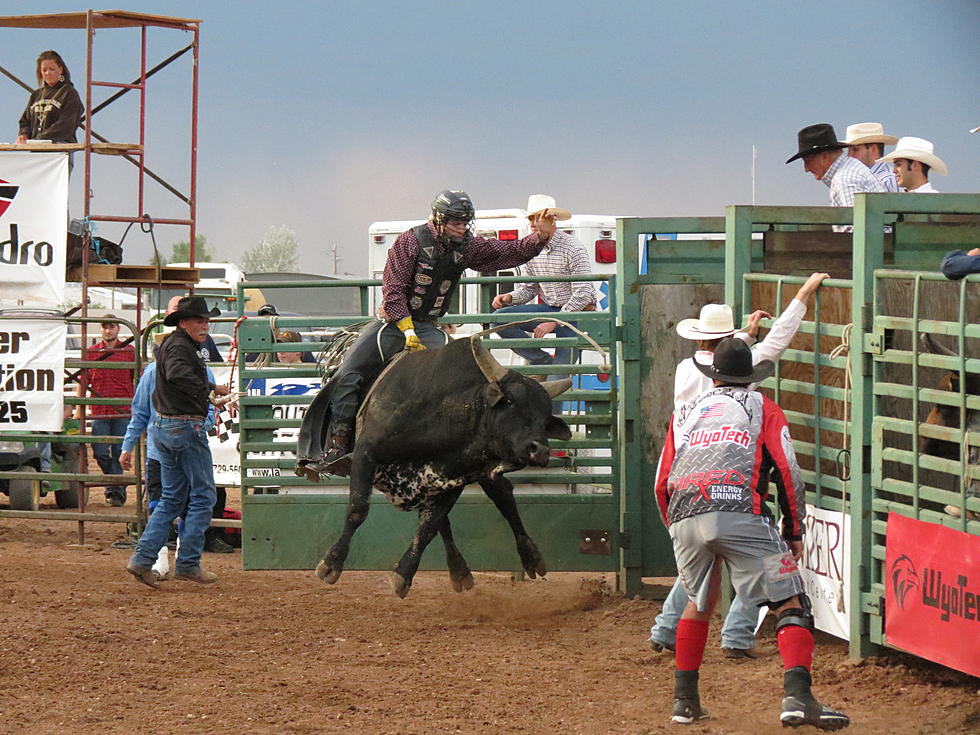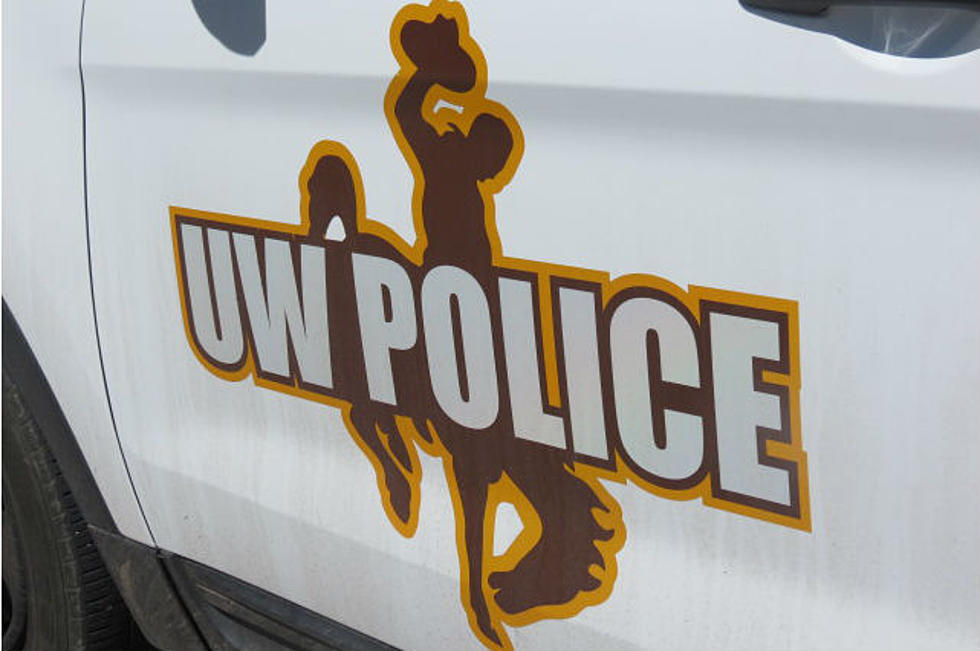
UW Studying Impact on Wildlife on Pilot Hill Property
A new study seeks to identify the potential impacts of nonmotorized recreation on wildlife at the newly acquired Pilot Hill property east of Laramie. This study was organized by faculty members in the University of Wyoming’s Haub School of Environment and Natural Resources
The study, titled “Understanding Recreation-Wildlife Interactions on Pilot Hill,” is led by Haub School faculty members Abigail Sisneros-Kidd, an assistant professor of outdoor recreation and tourism management; Joe Holbrook, an assistant professor of carnivore and habitat ecology; and Drew Bennett, a professor of practice in the Whitney MacMillan Private Lands Stewardship Program.
The project uses an experimental study design that will allow researchers to monitor the behavior, habitat use, and occupancy of wildlife on the property before, during, and after it is open to the public for recreational use, and trail infrastructure is built.
Using a network of game cameras deployed in three sampling areas of the property, researchers will collect photo data year-round to observe activity patterns and intensity of habitat use by wildlife.
Pilot Hill consists of nearly nine square miles of open space that connects the town of Laramie to more than 65,000 additional acres of national forest and state lands in the Laramie Range.
LOOK: Stunning animal photos from around the world
More From Laramie Live









